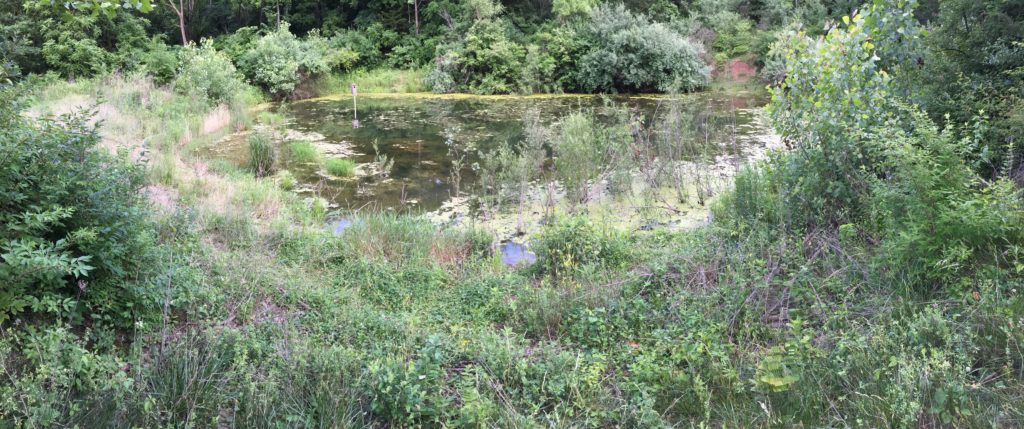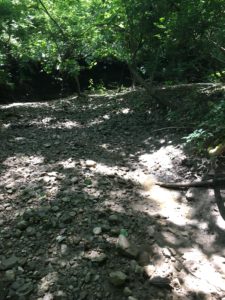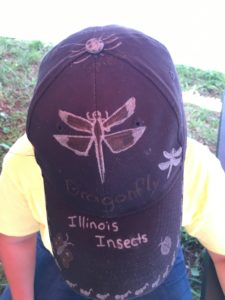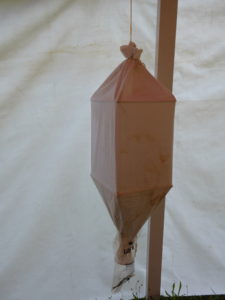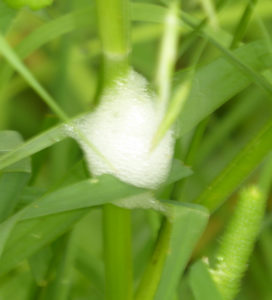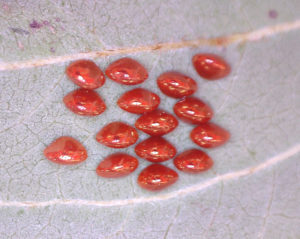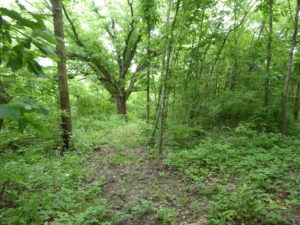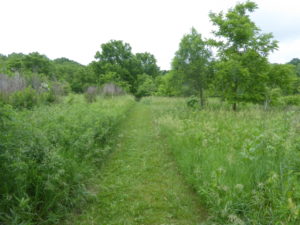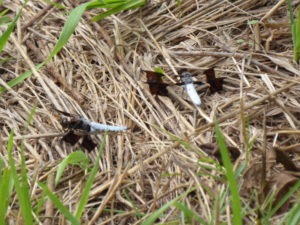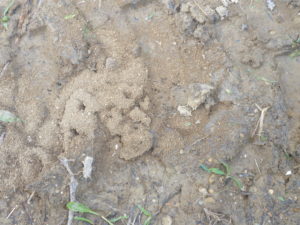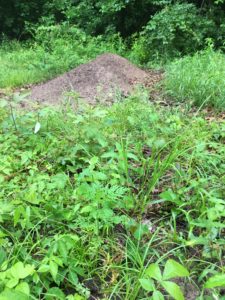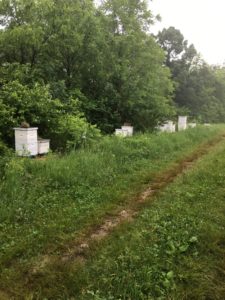Illinois Insects 2018 Reflections
Thank you
First, a big thank you to Bob and Joan Ericksen for allowing us to wander through the many different habitats and for the foresight to establish the Sun Foundation and promote art and science (and the interactions). I understand this was the 44th Art and Science in the Woods.That is an incredible accomplishment.
Although I taught previously about insects for many years at Art and Science in the Woods, I have not been able to participate in these events for roughly 15 years (as I was running a national web design contest – which happened at the same time every year). This was the first year that I was able to return (the web contest has moved to the last week of June this year). I felt as welcome as the first time I taught and was able to reconnect with many friends (and was able to meet many new friends). To me this is a fantastic opportunity and one of those “well kept secrets” in central Illinois. Again, many thanks to Joan and Bob for making this happen and providing opportunities for so many people over the years. You are changing peoples lives (for the better).
A big thank you also to those who helped me throughout the week. This includes the TAs (Allison, Olivia, Elijah, and Mary). You were engaged with the students and helped them have a great time (and I hope you learned a little more about insects during the week as well). And we managed to get a little exercise by walking to various habitats throughout the week *grin*.
Thank you also to the parents of students in both the major and minor Illinois Insects classes. It takes courage to send your child to such a camp in a rural setting (a setting which may well be beyond their comfort zone). I hope your children learned a lot and are more enthused about the natural world around us.
To the students
I hope you now have a better understanding of the life that surrounds us on this planet. Insects play a significant role in making this planet the wondrous spot it is. Although we keep searching for other spots that may harbor life in the universe, this is the one spot we know for certain does. We need to understand as much as possible so we can properly preserve our environment. If you got nothing else out of this week, I hope you now watch where you step as there are wonders at your feet.
Bio Blitz
Throughout this week, students, TAs, and I completed a bio blitz documenting the diversity of insect life in the vicinity of the Sun Foundation. We examined a number of different habitats (including ponds, prairies, pastures, forests, creeks, and more). Students learned about many different ways to collect insects. These included sweeping with nets, using a beating sheet, sifting rotting wood and leaf litter, using Berlese funnels and Winkler eclectors, using aquatic nets, malaise traps and more. If we had evening sessions, we would also have set up a mercury vapor lamp. We were asked to tread gently on the land and not kill specimens. I respect that and therefore tried my best to complete field identifications (to the family level). I have been working with insects for multiple decades so most of the identifications are reasonably accurate. Yes, my vision is getting poorer so there may have been a few mistakes. However, we were able to find over 80 different families of insects representing nearly 20 separate orders over the course of 5 days. Most of the specimens were collected by students.
When we plot the numbers of families and orders encountered over the course of the week, we see some trends. I think we approached finding the majority of insect orders which occur at and near the Sun Foundation. As you see, those numbers stabilized by the end of the week. However, the number of families continued to go up each day we made observations. I suspect there are many more families of insects remaining to be discovered.

Perhaps we will be able to expand our observations next year (and begin to make some simple comparisons as to the overall diversity of this area). Since the farm is organic, I suspect the absence of many insecticides and other chemical factors impact the overall diversity observed.
My final observations
For all who participated in the Illinois Insects classes this past week, I offer some thoughts, reflections, and insights.
- I hope those who directly participated appreciated that they got to “be kids” for a time. This was a great opportunity to roam the fields and forests and make observations. Sure, a lot of walking was involved, but we also saw a tremendous diversity. Everyone also had time to participate in somewhat unstructured activities. In my opinion, this is something many miss out on when each day is highly structured. I think my son described it best – it is like the game Pokeman Go in real life. We don’t know what we will find when we explore and we learn a little about what we find as we move through the various habitats.
- For those who listened, they were exposed to many different scientific concepts (from the simple process of how to make an insect collection to what convergent evolution means). We tried to look at the “big picture” including how these habitats have changed significantly over time. Yes, we even talked about the evidence many plants still show to being grazed upon by the long extinct mega-fauna. It seems there is such an emphasis on specialization these days that it can be very beneficial to step back and examine with a broad perspective. I hope I was able to convey this during the week.
- We live on a wondrous planet, but our observations only make sense when grounded in science. Someone once said “nothing in biology makes sense except in the light of evolution.” This is a core concept I continually try to instill in anyone who will listen.
- I hope students gained a bit of perspective. We observed the many inter-relationships between plants and animals. Again, someone else once said “when you pull on a string, you find it attached to everything in the universe.” I hope that students began to understand those connections.
- Lastly, we hopefully began to understand the one question all organisms ask each day “what is there to eat?” and the implications. Whether it is “hiding in plain sight” like spittle bugs and goldenrod gall flies to avoid being eaten or being an active predator (like a dragonfly or robber fly) and still needing to be faster than a bird (or at least able to out maneuver them). We encountered many questions which arise from that fundamental question. A number of the behaviors and discussions we had this week would be great subjects for Ph.D. dissertations. There are so many unanswered questions all around us.
Personally, I am already looking forward to ASIW 2019 and hope that we gain even more insights about the world around us during our week together next time.

